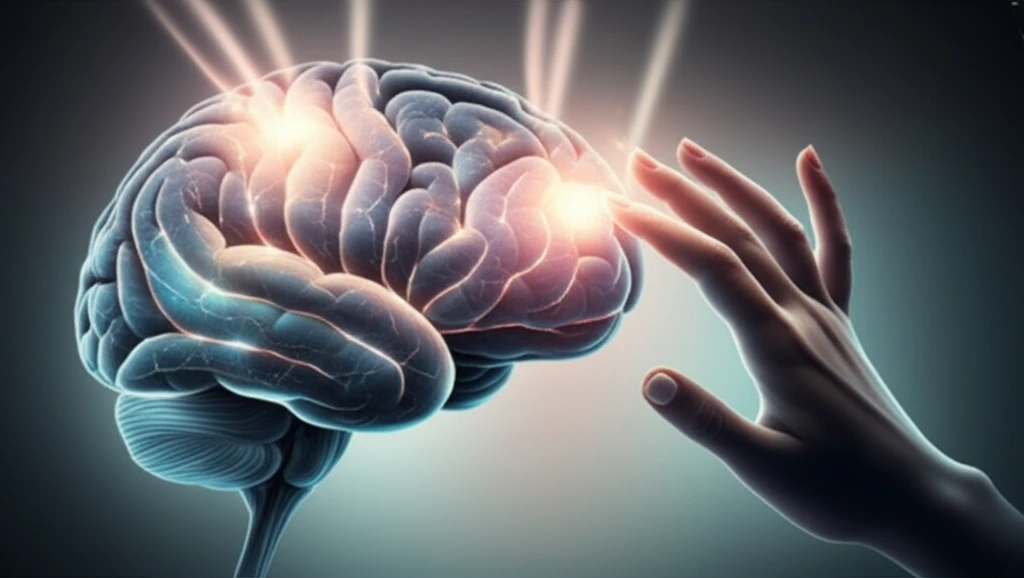
Brain Boost: Can Non-Invasive Brain Stimulation Fight Pain and Improve Your Life?
"Groundbreaking research explores how stimulating a specific brain region could revolutionize pain management and cognitive function, particularly for those experiencing the effects of aging."
Chronic pain and cognitive decline are two of the most significant challenges faced by individuals as they age. These conditions can drastically impact quality of life, affecting everything from daily activities to mental well-being. But what if there was a non-invasive way to address both issues simultaneously? Recent research suggests that stimulating a specific area of the brain, the dorsolateral prefrontal cortex (DLPFC), may hold the key to unlocking relief from pain and enhancing cognitive function.
This article explores a groundbreaking study that investigated the effects of transcranial direct current stimulation (tDCS) on elderly individuals experiencing chronic pain. tDCS is a non-invasive technique that uses a low electrical current to stimulate specific areas of the brain. The study's findings offer promising insights into how this innovative approach can improve both pain perception and cognitive performance, paving the way for new and effective treatments.
We'll delve into the details of the research, exploring the methodology, results, and implications for the future of healthcare. Whether you're seeking relief from chronic pain, looking to enhance your cognitive abilities, or simply curious about the latest advancements in neuroscience, this article provides valuable information and insights.
The Science Behind tDCS: How It Works and Why It Matters

Transcranial direct current stimulation (tDCS) is a non-invasive brain stimulation technique that has gained significant attention in the medical community. It works by applying a low-intensity electrical current to specific areas of the scalp. This current then passes through the skull and into the brain, modulating neuronal activity. The goal is to either excite or inhibit specific neural pathways, which can lead to a variety of therapeutic effects.
- Non-invasive and painless: tDCS is a safe and well-tolerated procedure.
- Targeted stimulation: The electrical current is focused on specific brain regions.
- Potential for widespread application: tDCS can be used to treat a variety of conditions.
- Improved cognitive function: tDCS may enhance working memory, attention, and other cognitive abilities.
- Pain relief: tDCS has shown promise in reducing chronic pain.
Looking Ahead: The Future of tDCS and Brain Health
The research provides a compelling case for the potential of tDCS in improving the lives of those affected by chronic pain and cognitive decline. As research continues, we can expect to see even more advancements in this field. These could include more precise targeting of brain regions, the development of personalized stimulation protocols, and a deeper understanding of the long-term effects of tDCS. With continued research and development, tDCS has the potential to revolutionize the way we approach pain management and cognitive enhancement, offering new hope and improved well-being for individuals around the world.
